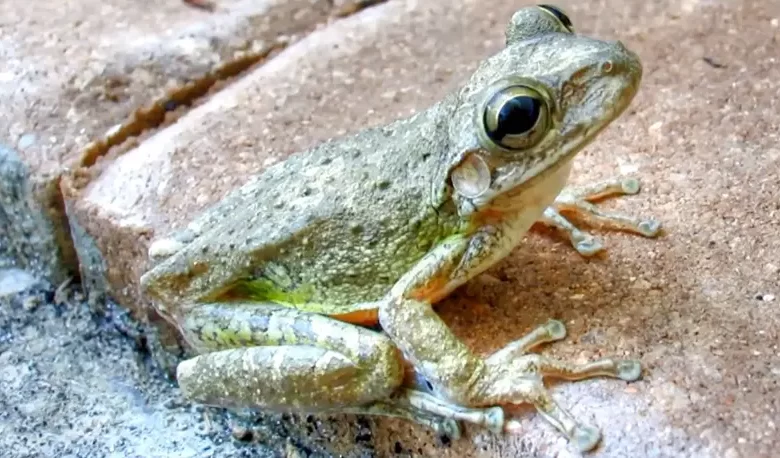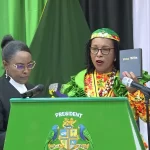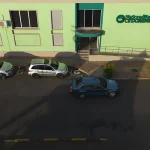Invasive Species in Dominica

Invasive species in Dominica pose significant threats to the island’s rich biodiversity and ecosystems. Introducing non-native plants and animals disrupts local habitats, outcompetes native species, and leads to ecological imbalances. Addressing this issue is crucial for preserving Dominica’s natural heritage and promoting sustainable development.
Invasive Species Impact on Dominica’s Biodiversity
Dominica, known as the Nature Isle of the Caribbean, boasts diverse flora and fauna, including many Endemic Species of Dominica. The island’s ecosystems support species found nowhere else on earth, from the Mountainous Rainforests of Dominica to its coastal areas. However, invasive species threaten this biodiversity by causing declines in native populations and altering habitats.
One significant example is the critically endangered Mountain Chicken frog (Leptodactylus fallax), locally known as Crapaud. This species has suffered drastic population declines due to chytridiomycosis, a fungal disease exacerbated by the introduction of invasive pathogens. Similarly, the Sisserou Parrot (Amazona imperialis), Dominica’s National Bird, faces habitat loss and competition from invasive species.
Invasive plants like the African Tulip Tree (Spathodea campanulata) and Lantana Camara spread rapidly, outcompeting native vegetation and disrupting ecosystems in areas such as the Morne Trois Pitons National Park, a UNESCO World Heritage Site. These plants alter soil composition and reduce the availability of resources for native species.
Invasive animals also pose serious threats. The Small Indian Mongoose (Herpestes auropunctatus), introduced in the early 20th century to control rats, preys on native birds, reptiles, and amphibians. This has significant implications for species like the Jaco Parrot (Amazona arausiaca) and ground-nesting birds.
The Giant African Snail (Lissachatina fulica), first detected in Dominica in 2007, has become a major agricultural pest. It feeds on various crops, including bananas and cocoa, which are vital to Dominica’s economy. The snail’s rapid reproduction and lack of natural predators have led to infestations, causing over EC$8 million in annual crop damages.
Efforts to Control Invasive Species
The Forestry, Wildlife and Parks Division spearheads initiatives to manage and control invasive species. The division implements measures such as:
- Public Education Campaigns: Raising awareness about the impacts of invasive species and promoting responsible practices among citizens and visitors.
- Biological Control Programs: Introducing natural predators or diseases to control invasive populations in a controlled manner.
- Quarantine Regulations: Enforced by the Ministry of Agriculture, these regulations prevent introducing new invasive species by stricter inspections at ports of entry like Woodbridge Bay and Douglas-Charles Airport.
Community involvement is crucial. Organizations like the National Association of Youth in Agriculture (NAYA) engage in programs to remove invasive species and restore native habitats. Volunteers participate in activities along the Waitukubuli National Trail and areas like the Syndicate Nature Preserve, home to the Sisserou Parrot and other endemic species.
Challenges and Future Directions
Despite ongoing efforts, resource limitations hinder the comprehensive management of invasive species. Climate Change in Dominica may exacerbate the problem by creating conditions that favour the spread of invasives. Increased temperatures and altered rainfall patterns can stress native species, making them more vulnerable.
Regional collaboration is essential. Dominica works with organizations like the Caribbean Invasive Alien Species Network to share best practices and develop coordinated responses. Strengthening legislation, increasing funding for control programs, and enhancing public participation are critical steps toward mitigating the impact of invasive species.
Invasive species pose a significant challenge to conserving Dominica’s natural heritage. The combined efforts of government agencies, communities, and international partners are vital to protecting the island’s unique ecosystems. By addressing this issue proactively, Dominica can ensure the preservation of its biodiversity for future generations.




